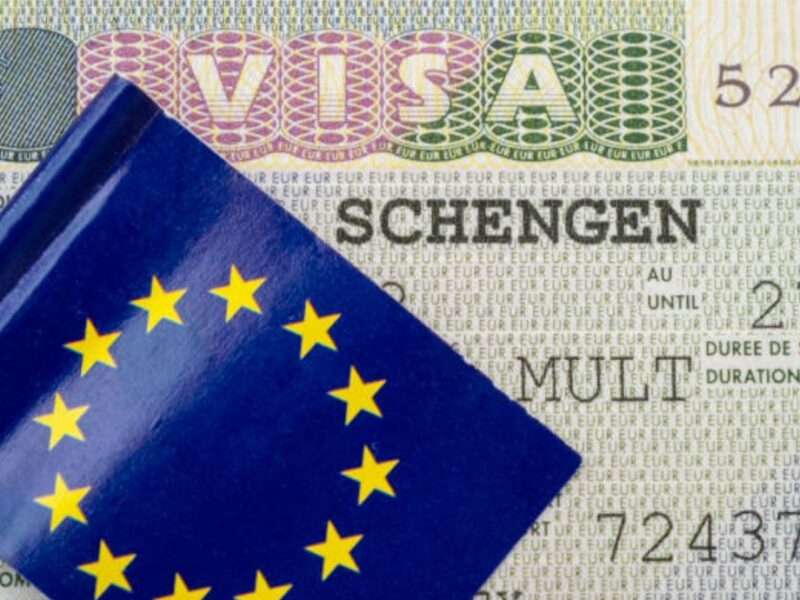If you are an employer in the UK who wants to hire workers from outside the UK, you will need to know how the Certificate of Sponsorship (CoS) system works. A CoS is an electronic record that confirms your intention to sponsor a worker for a specific job. It is not a physical document, but a unique reference number that the worker can use to apply for a work visa.
There are different types of CoS, depending on the visa route and the location of the worker. In this article, we will explain the main features and requirements of each type of CoS, and how to apply for them.
Defined CoS
A defined CoS is for workers who are applying for a Skilled Worker visa from outside the UK. This visa route is for skilled workers who have a job offer from a UK employer that meets certain criteria, such as skill level, salary, and English language ability.
To apply for a defined CoS, you must be a licensed sponsor with a Worker licence. You must also have a valid allocation of defined CoS in your sponsorship management system (SMS) account. The SMS is an online portal where you can manage your sponsorship activities.
To request an allocation of defined CoS, you must log in to your SMS account and fill in an online form. You will need to provide information about the job, such as the occupation code, salary, start date, and duration. You will also need to confirm that you have conducted a resident labour market test (RLMT), unless the job is exempt from this requirement. The RLMT is a process where you advertise the job in the UK for at least 28 days and show that there is no suitable resident worker available.
You will need to pay a fee of £199 for each defined CoS you request. The fee is non-refundable, even if you do not use the CoS or the worker’s visa application is refused.
Your request will be processed by UK Visas and Immigration (UKVI) within one working day, unless they need to conduct further checks. Once approved, the defined CoS will appear in your SMS account and you can assign it to a worker. You must assign the CoS within three months of requesting it.
When you assign a defined CoS to a worker, you must provide them with the reference number and other relevant information, such as the job title, salary, and start date. The worker must use the reference number to apply for their Skilled Worker visa within three months of receiving it. They must not apply more than three months before the start date of the job.
Undefined CoS
An undefined CoS is for workers who are applying for a Skilled Worker visa from inside the UK, or for other types of work visas, such as Intra-Company Transfer, International Sportsperson, or Minister of Religion.
To apply for an undefined CoS, you must be a licensed sponsor with either a Worker or a Temporary Worker licence, depending on the visa route. You must also have a valid allocation of undefined CoS in your SMS account.
When you apply for your sponsor licence, you will be asked to estimate how many undefined CoS you will need for each visa route in the first year. You can request more undefined CoS throughout the year if you run out of your initial allocation.
You do not need to request an undefined CoS from UKVI before assigning it to a worker. You can assign an undefined CoS directly from your SMS account, as long as you have enough in your allocation.
You will need to pay a fee of £199 for each undefined CoS you assign to a worker on a Skilled Worker or Intra-Company Transfer visa, or £21 for each undefined CoS you assign to a worker on any other visa route.
When you assign an undefined CoS to a worker, you must provide them with the reference number and other relevant information, as with a defined CoS. The worker must use the reference number to apply for their work visa within three months of receiving it.
Other considerations
As well as paying the fee for each CoS you assign, you may also need to pay the immigration skills charge (ISC) for each worker on a Skilled Worker or Intra-Company Transfer visa. The ISC is a levy that aims to encourage employers to invest in training and upskilling resident workers. The amount of ISC depends on the size and type of your organisation and the length of employment. You can check how much ISC you need to pay using [this calculator].
You may also need to check if your worker needs an Academic Technology Approval Scheme (ATAS) certificate before assigning them a CoS. An ATAS certificate is required for some workers who are doing research or teaching in certain sensitive subjects, such as engineering, physics, or chemistry. You can check if your worker needs an ATAS certificate using [this tool].
As a sponsor, you have certain responsibilities to ensure that you comply with the immigration rules and regulations. You must monitor and report any changes or issues related to your sponsored workers, such as changes in their job, salary, or contact details, or if they stop working for you or breach their visa conditions. You must also keep records of your sponsored workers, such as copies of their passports, visas, and CoS. You can find more information about your sponsor duties in [this guidance].
Conclusion
The Certificate of Sponsorship is a key component of the UK work visa system. It allows employers to sponsor workers from outside the UK for specific jobs that meet certain criteria. There are different types of CoS, depending on the visa route and the location of the worker. Employers need to apply for and assign CoS to workers using the sponsorship management system. Employers also need to pay fees and charges, and fulfil their sponsor duties, to maintain their sponsor licence and avoid penalties.
We hope this article has given you a clear overview of how the UK Certificate of Sponsorship works. If you need any further assistance or advice on applying for a sponsor licence or a CoS, please contact the UK Government Website.


